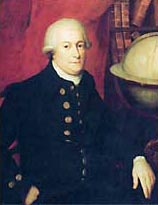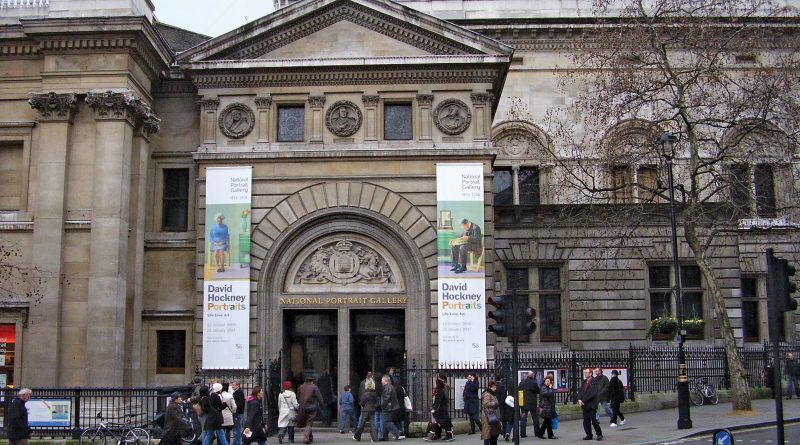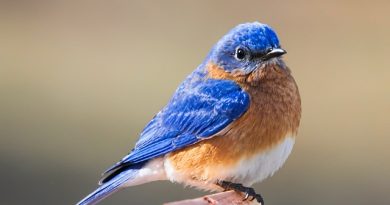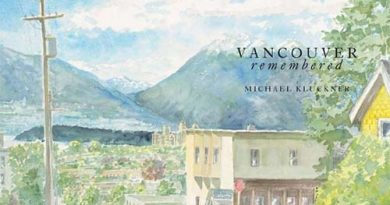A Mysterious Painting
It was a humbling experience some years ago to walk into the National Portrait Gallery in London, England and ask an attendant to point out the portrait of Capt. George Vancouver. His response was, “Who?”
And it was puzzling to have the attendant look through the gallery’s catalogue and find no mention whatever of the painting. I distinctly recalled reading that the painting was there. I subsequently learned they withdrew it from the central collection some years earlier, and it now hangs in a smaller gallery elsewhere in the city. They’re leery about its authenticity: it seems the painting isn’t by the man they thought it was . . . and the gentleman in the painting may not be Captain Vancouver!

John Kerslake, a deputy keeper of the gallery, wrote in 1961 that “the history of the portrait is unknown before 1878, when it was purchased for the gallery through Christie’s from a dealer, Thomas Ford of Islington. With the picture when it was sent to Christie’s was a long strip of paper bearing the following unsigned and unverifiable remark: ‘Have heard that it many years since belonged to a West India planter the name of Brooke . . .’.”
In looking through the gallery’s file on the painting I found a short letter—dated June 29, 1878—confirming its purchase for 30 guineas. No mention of the artist is made in the letter. Someone—it isn’t clear who, but it may have been a gallery official—attributed it to Lemuel Abbott, a well-known portraitist of the late 1700s and early 1800s who specialized in painting prominent Englishmen of the day.
But, by the early ‘50s, the gallery had more Abbotts in its collection, and a comparison showed this painting could not have been by him.
Even more unsettling, John Kerslake, an expert, was deeply uncertain that the man shown in the portrait was really George Vancouver. He thought the man shown was too old (Vancouver died at 40), too fat, and was not wearing naval uniform. (A famous and scurrilous 1796 cartoon by James Gillray, a London caricaturist, has Vancouver quite portly. This caricature is said to have seriously damaged Vancouver’s reputation. To see it, and to learn what led to it, go here.)
“It is very unusual,” Kerslake wrote, “for naval officers to be portrayed out of uniform . . . I even wonder if it might not be John Vancouver, who saw his brother’s voyages through the press.”
If the man shown is John Vancouver, that would be funny: all the paintings and statues of Capt. George that we know—including the Charles Marega statue of him that has been standing in front of City Hall for 70 years—are based on this painting. It would be amusing to discover that the city hall statue actually shows George’s brother.




![Vancouver Coat of Arms [Image: Wikipedia]](https://vancouverhistory.ca/wp-content/uploads/2021/01/1024px-Coat_of_arms_of_Vancouver.svg_-390x205.png)